Diamond Grinding Wheel
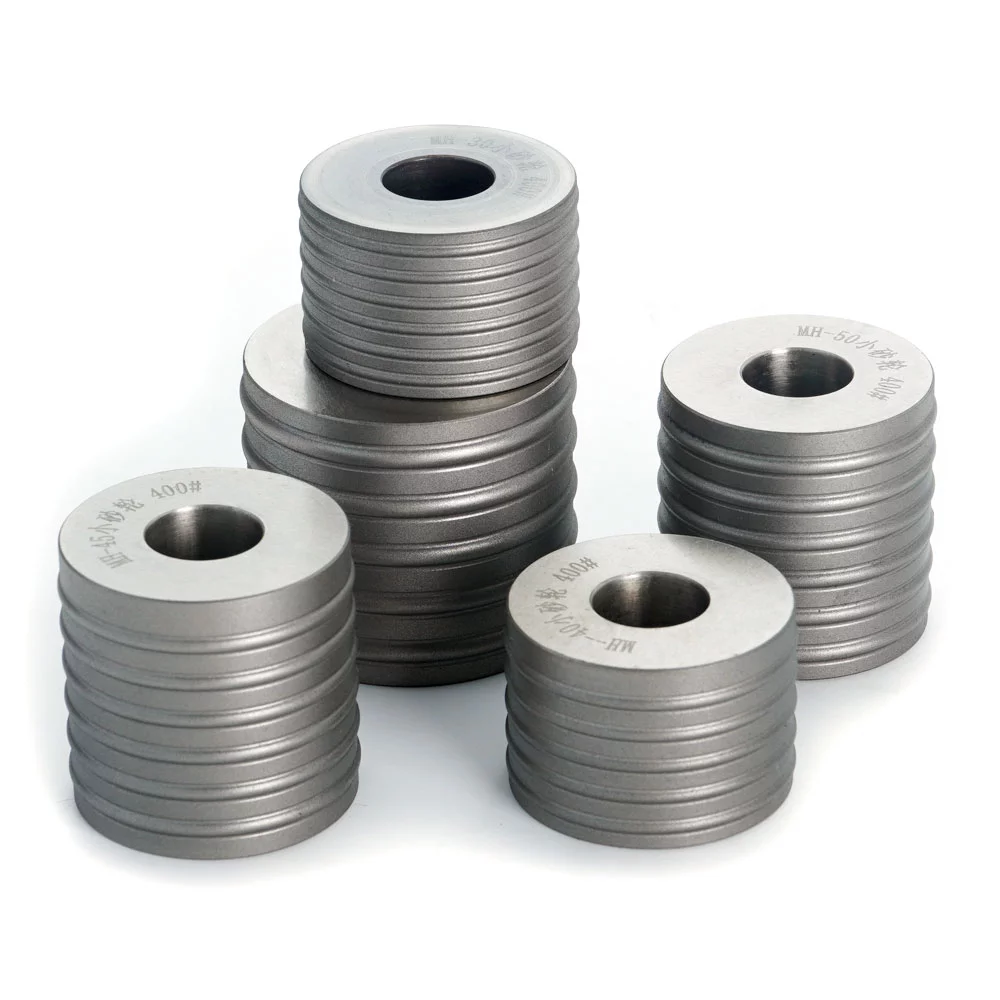
Diamond grinding wheels are designed with diamond powder. They are with industrial diamonds bonded to the periphery. These grinding wheels help in grinding hard materials (such as concrete, gemstones, or carbide cutting tips) extremely. Diamond grinding wheels feature different bond types, including metal, resin, vitrified, and electroplated bonds. As round bonded abrasive tools, they are with central through-hole and consist of a transition layer, diamond layer, and matrix.
Detailed Description of Diamond Grinding Wheels
Diamond grinding wheels are used on machines with high power and high rotation speeds. They are used for burr removal of ductile iron and grey iron. These wheels are referred to as the best replacement and upgrading to ceramic-bond and resin-bond wheels since they feature long working life, high grinding efficiency, dimension maintenance, minimal odor and dust, and impressive safety.
The structure of an ordinary abrasive wheel is different from that of a diamond grinding wheel. The diamond grinding wheel comes with a transition layer, diamond abrasive layer, and matrix. The diamond layer is the working layer (the grinding wheel’s working part) is composed of filler, binder, and abrasive. The transition layer (a non-diamond layer) comprises a filler, metal powder, and binder. This layer connects the matrix to the diamond layer firmly. The matrix helps receive the abrasive layer and is clamped firmly on the grinding machine’s spindle with a flange plate when used.
Application of Diamond Grinding Wheel
The diamond grinding wheels are considered perfect tools when it comes to grinding brittle and hard materials. This is because of the distinctive advantages and characteristics of diamond abrasives.
These wheels are ideal for several materials, including;
- Glass
- Ceramics
- Gemstones
- Stones
- Cemented carbide.
What makes the diamond grinding wheel offers full play to its advantages in ultra-high-speed, high-speed, high-precision, and high-efficiency grinding is the metal-bonded diamond grinding wheel, which features little abrasion, long service life, and high holding strength.
The diamond grinding wheels are widely used in several industries like the glass industry, ceramic industry, optical industry, lapidary industry, etc. They are found in almost every field of industry, including;
- Aerospace
- Mold manufacturing
- Semiconductor manufacturing,
- Optical processing manufacturing
They are used on optical materials, ceramic materials, silicon wafer products, aero-engine turbine blades, and other multi-purpose.
Advantages of Diamond Grinding Wheel
The diamond grinding wheel comes with numerous benefits. As an ultra-hard abrasive wheel, it has obvious advantages compared to an ordinary abrasive wheel.
- It’s eco-friendly. Using a diamond grinding wheel is a way to protect the environment as it features no dust and smell.
- It’s safe with no crack pieces.
- It is suitable for various materials, including stone, metal, and composite materials.
- It features a long lifespan which overall is 80 times longer when compared to its resin counterpart. The diamond grinding wheel can work continuously and save the process interval time.
- It is perfect for high-power, high-speed, and automatic equipment. It features a comprehensive processing efficiency that is increased by three times.
It maintains processing accuracy. With this grinding wheel, there is no change in outer diameter.
Features of Diamond Grinding Wheel
- It’s characterized by high grinding efficiency and long service life.
- It meets the requirements of high efficiency and precision machining tools and features small abrasion, high production efficiency, and high abrasion resistance.
- It comes with impressive cutting performance, which minimizes grinding power, hence saving energy.
- It features good thermal conductivity, which is perfect for heat evacuation.
Bond Types of Diamond Grinding wheels
Diamond grinding wheels come in different bond types. They include:
Metal bond diamond grinding wheel
This bond is designed with diamond powder with alloy or metal powder as bonding material by mixing cold-pressed or hot-pressed sintering. It’s used on quartz crystal, composite, glass, ceramic, tungsten carbide, thermal spraying material, refractory, ferrite, sapphire, etc. Besides, it offers longer service life and better shape retention when compared to its resin bond counterpart.
Resin bond diamond grinding wheel
This type of bond is a circular bonded abrasive kind featuring a through-hole in the center. It is designed with diamond powder and consists of a transition layer, diamond layer, and matrix. It’s used in grinding materials and alloys that are more difficult to grind, ensuring high quality in cutting and grinding with super abrasive diamond and cubic boron nitride.
Although this bond type is made of diamond, it comes with cylinders coated plasma with chromium oxide or tungsten carbide. The resin-bond diamond grinding wheel features optimized speed, robust design, and rust-free.
Vitrified bond diamond grinding wheel
This bond is also a circular bonded abrasive, featuring a through-hole in the center. It is designed with diamond powder and resin bond and consists of a transition layer, diamond layer, and matrix.
This wheel is made by a low-temperature vitrified bond, featuring long service life and excellent sharpness. Besides, it can easily be trued and dressed.
Electroplated diamond grinding wheel
This type of bond is designed by the electrochemical method. It’s in various shapes, which makes it an ideal option when the wheel is with a complex profile. It’s used on quartz crystal, composite, glass, ceramic, tungsten carbide, thermal spraying material, refractory, ferrite, sapphire, etc. Besides, it features non-truing and dressing, free-faster cutting, and less heating because of the diamond particles that protrude from the surface.
Brazed diamond grinding wheel
This type of bond is fit for grinding quartz stone, glass, artificial stone, ceramic, granite, marble, particularly for a concrete exterior wall in edging and chamfering of marble, building decoration, and granite plates.
How to Use Diamond Grinding Wheels Correctly?
The hardest grinding wheel you can ever see is the diamond grinding wheel. It is characteristically all-conquering and features a very strong grinding ability. Nevertheless, it’s important that users pay attention to how the wheel is used for its service life extension. Check below for how it must be used:
- Diamond grinding wheels are not designed for grinding general steel or other soft materials. They are made only for high hardness brittle materials.
- Before use, you must ensure that the wheel is statically balanced after fixing it on the flange. Also, avoid removing the flange from the wheel unless it’s run out.
- The diamond grinding wheel can be used for micro crossfeed since it has better rigidity and higher accuracy of the spindle (radial runout is not more than 0.01mm)
- Ensure you check the following existing data before selecting grinding amount:
- The wheel linear velocity: For metal bond grinding wheel, it is 110~15m/s (dry grinding) and 220~35m/s (wet grinding). For the resin bond grinding wheel, it is 115~30m/s (dry grinding) and 225~40m/s (wet grinding).
- The work piece speed of 10~15m/min.
- The grinding depth is usually 0.005-0.01mm/stroke.
- The longitudinal feed rate of generally 10~15 m/min.
- The coolant: This must be used to improve the grinding quality and efficiency. The commonly used coolants include light diesel, kerosene (most preferred), and light oil lamps.
- Diamond grinding wheel dressing: Ensure you dress the new diamond grinding wheel when used. This will give it the proper shape (flatness of the end face and outer roundness). You can do the dressing method with the silicon carbide abrasive or silicon carbide grinding wheel on the glass plate or metal plate for dressing by hand (to dress the end face of the wheel).
Moreso, you can use the natural dressing method to save expensive diamond grinding wheels. This implies that you will use the new grinding wheel first to do the rough grinding, then do the fine grinding after being worn to have the correct shape. You can carefully adjust the working surface of the grinding wheel by using the silicon carbide grinding wheel if the wheel is not sharp enough or has been blocked when grinding.
Summary
Diamond grinding wheels, designed with diamond powder, are perfect for grinding extremely hard materials, including concrete, gemstones, or carbide cutting tips. They are widely applied in several fields of industry such as aerospace, mold manufacturing, semiconductor manufacturing, optical processing manufacturing, etc. They come with numerous features, advantages, and bond types (including metal, resin, vitrified, and electroplated bond). Users will certainly find diamond grinding wheels tremendously helpful if they follow the correct way they are used.
More customized grinding wheels are available, contact us.
[wpforms id=”4612″]
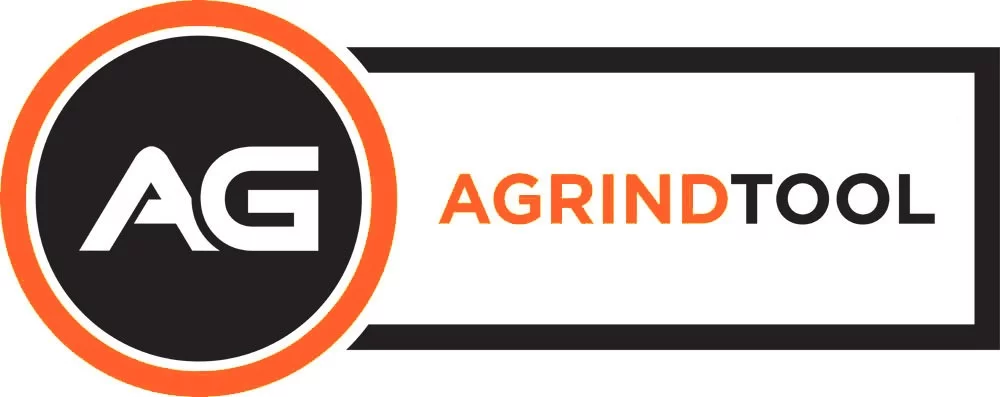
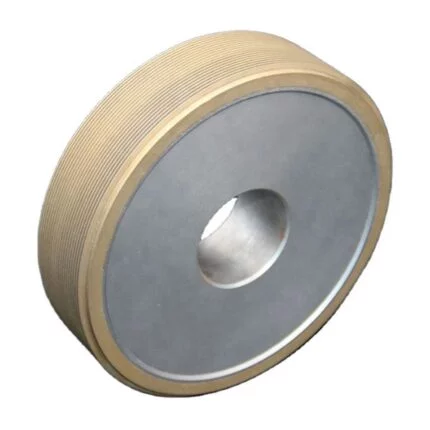




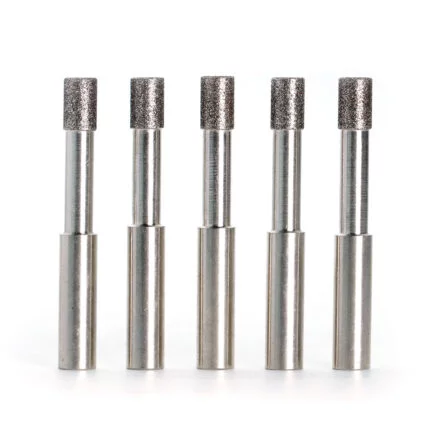

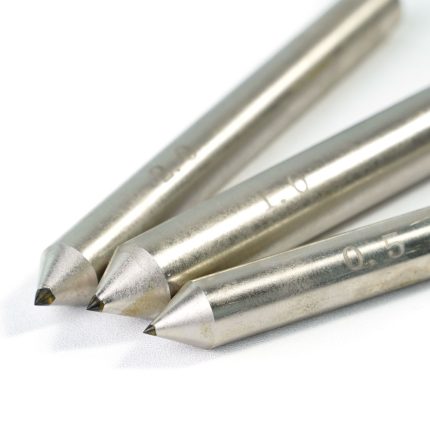

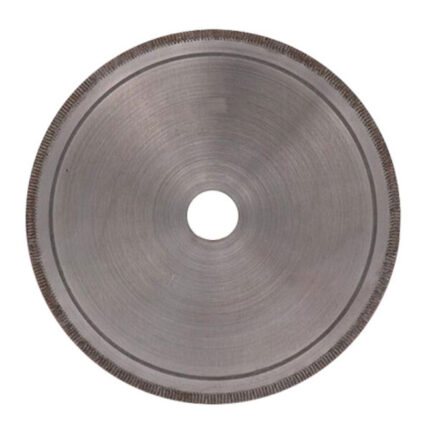


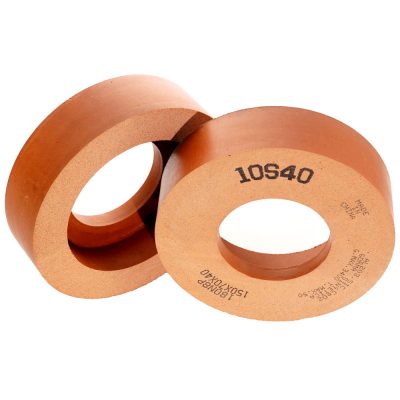
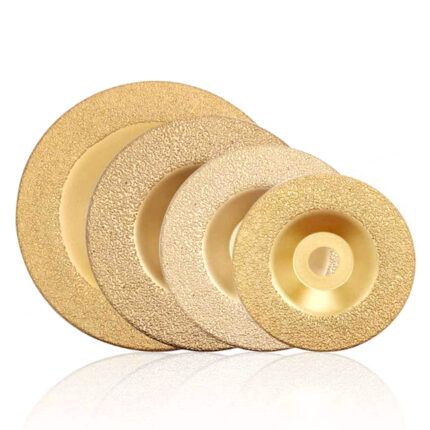
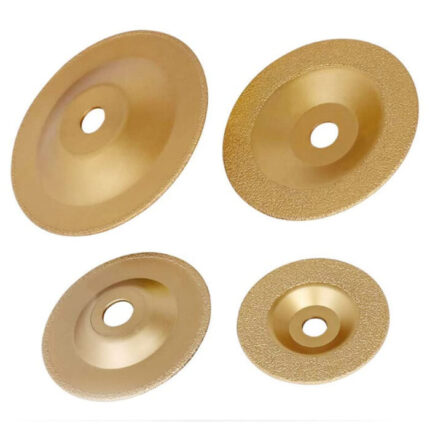
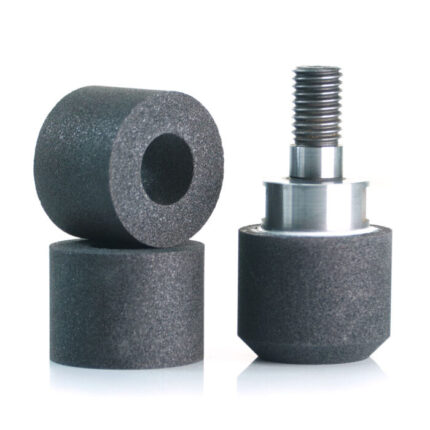


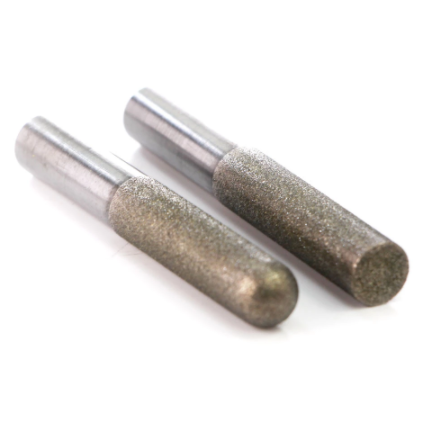
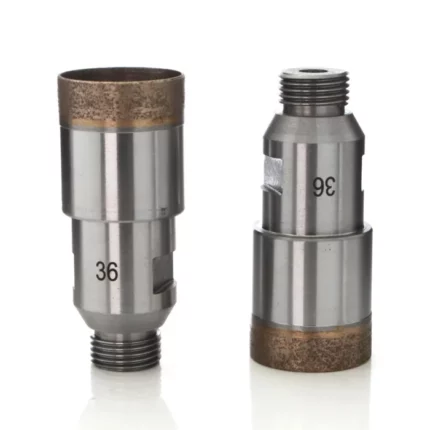


Reviews
There are no reviews yet.